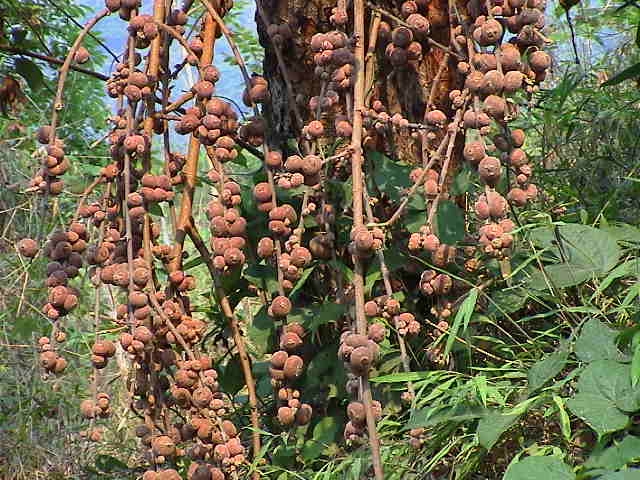The interaction between figs and fig wasps is a striking example of pollination mutualism. A large number of animals feed on fig fruits (the inflorescences of Ficus species) once they are mature.
In animal-pollinated plants, floral longevity (the length of time a flower has viable pollen and receptive stigmas) equates with the maximum period for which a flower can wait for a pollinator to arrive. Plants that depend on animals for pollination vary in the longevity of their flowers and also in how the quality of the rewards they offer varies in flowers of different ages. However, costs of floral longevity are rarely studied.
Prof. Yang Darong and his team of Xishuangbanna Tropical Botanical Garden (XTBG) conducted controlled experiments using Ficus semicordata, an Asian dioecious fig species, with synchronized fruiting to examine whether the sexes differ in floral traits and to quantify the costs of inflorescence longevity.
The researchers asked: how long is the period that male and female syconia remain receptive in the absence of pollinators and after entry of their first pollinator? What is the effect of prolonging receptivity on seed production in female syconia and the reproductive success of the pollinators in male syconia (as measured by the numbers and size of their progeny)?
The researchers have quantified the costs of inflorescence longevity for F. semicordata and its pollinator, Ceratosolen gravelyi. The results have implications for their understanding of the fig–fig wasp mutualism, in particular the selection pressures generated by the plants that influence pollinator choice. Comparison of their results with those from other Ficus species with different inflorescence sizes and phenologies points to floral longevity as a labile character integrated into their broader reproductive strategies. Floral longevity is likely to play an equally integral part in the reproductive strategies of other insect pollinated plants.
The study was funded by the Chinese Natural Science Foundation (30970439, 30970403) and Western Ph.D. Program of the Chinese Academy of Sciences.
The study entitled “Costs of inflorescence longevity for an Asian fig tree and its pollinator” has been published online in Evolutionary Ecology, DOI:10.1007/s10682-011-9525-3.
Abstract
http://www.springerlink.com/content/p5lx61m070260w50/

